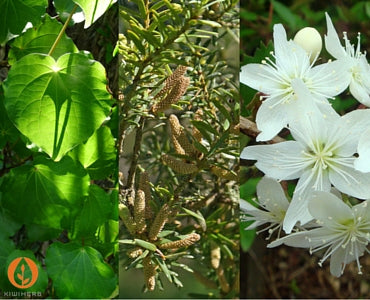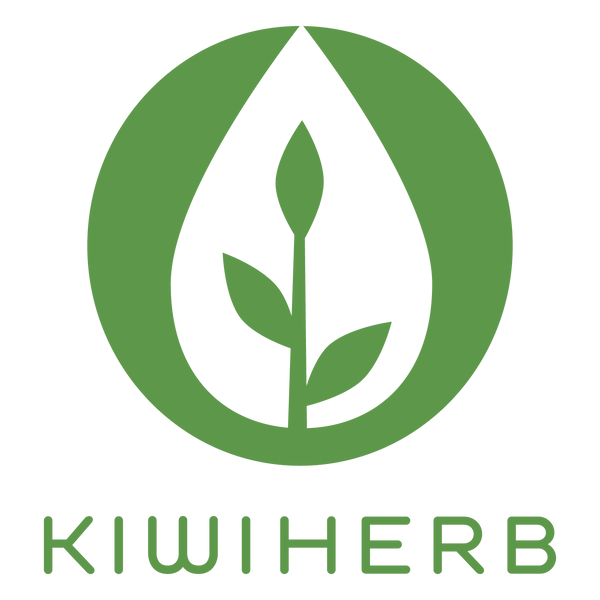
How traditional Maori herbs are still relevant today
Rongoa – Maori Herbal Medicine The unique therapeutic properties of New Zealand’s native herbs were recognised and developed by Maori as part of a complex system of traditional medicine and healing. The healing potential of these plants and this knowledge is as relevant today as it ever was. As awareness grows of the limitations of pharmaceutical medicines, attention is increasingly turning back to our herbal allies in the plant world.
New Zealand’s isolated geography has contributed to the development of a distinctive and singular ecology and a diverse range of plants, many of which have been utilised by Maori as rongoa (medicinal plants). As with many medicinal herbs, traditional knowledge is increasingly being validated and expanded upon by scientific investigation into the specific phytochemicals (plant chemicals) present in a given plant and their effects on the body. New Zealand native herbs have been valued both by Maori and by early European settlers for their unique healing properties. Today there is a resurgence of interest and awareness in Rongoa Maori, and in the therapeutic potential of the indigenous flora of New Zealand.
Manuka (Leptospermum scoparium) - This plant is one of the best known NZ natives thanks to the international reputation of Manuka honey. The essential oil is also well-known for its similarities to Australian Tea Tree oil as a natural antiseptic. The oil is anti-inflammatory, anti-microbial, anti-fungal, and is less irritating to the skin than its Australian cousin. The tincture made from Manuka contains the properties of the oil, but also has a natural astringency, making it perfect for improving tissue healing.
Koromiko (Hebe salicifolia, H. stricta) – The Hebe family is a large and diverse one, and most New Zealand gardens, as well as many all over the world, will have one of its members growing in it somewhere. There are over 170 Hebes, but not all are medicinal, and are grown more for decorative purposes due to their attractive geometric leaf patterns. Naturally anti-microbial and astringent, this is a wonderful aid for healing anything weepy, oozy or infected, both internally and externally.
Kawakawa (Macropiper excelsum) – The beautiful heart-shaped leaves of this native shrub are distinctive and welcoming. Kawakawa has a multitude of uses and is indeed a herbal friend for humans suffering from digestive upsets, bloating, cramping, coldness or circulation problems, pain and inflammation. It is naturally anti-microbial and helps fight infection.
Totara (Podocarpus totara) – Totara fence-posts were prized by farmers due to their ability to withstand rot. Totara is naturally anti-microbial and has been found to be effective against strains of Staphylococcus aureus that were unresponsive to pharmaceutical antibiotic treatments.
Poroporo (Solanum aviculare, S. laciniatum) – Contains natural plant steroids to help reduce inflammation and infection. Strictly for topical (external) use only.
Hoheria (Hoheria populnea) – The lovely Lacebark is a well-known tree, but its medicinal properties are not so well-known. Hoheria is a soothing herb used for all kinds of coughs and digestive upsets. Once you have identified the right tree, pick a leaf and have a chew. Slowly the sweet cucumber taste will develop and you will feel the slippery gel in your mouth that helps reduce inflammation throughout the body’s tissues.
Tanekaha (Phyllocladus trichomanoides) – An ancient tree that is powerfully astringent, this is a fantastic aid to fighting infection and healing tissues.
And this is just a taste of what New Zealand plant medicines are capable of! Sourcing these plants sustainably and supporting those who protect and preserve our indigenous plants is of the utmost importance. It is well understood that healing the forest is the first step towards healing ourselves.
